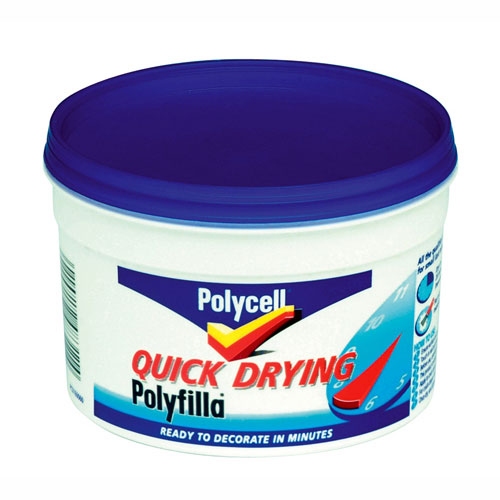What is the difference between a shim and a polyfill?
[2011-12-20] dev, javascript, clientjs, jslang
(Ad, please don’t block)
In the JavaScript world, one frequently encounters the words shim and polyfill. What are those things and what is the difference between them?
Examples. Paul Irish has published a list with “HTML5 Cross Browser Polyfills”. es5-shim is an example of a (non-polyfill) shim – it retrofits ECMAScript 5 features on ECMAScript 3 engines. It is purely language-related and makes just as much sense on Node.js as it does on browsers.
Shim. A shim is a library that brings a new API to an older environment, using only the means of that environment.
Polyfill. In October 2010, Remy Sharp blogged about the term “polyfill” [via Rick Waldron]:
A polyfill is a piece of code (or plugin) that provides the technology that you, the developer, expect the browser to provide natively. Flattening the API landscape if you will.Thus, a polyfill is a shim for a browser API. You typically check if a browser supports an API and load a polyfill if it doesn’t. That allows you to use the API in either case. The term polyfill comes from a home improvement product (quoting Remy Sharp):
Polyfilla is a UK product known as Spackling Paste in the US. With that in mind: think of the browsers as a wall with cracks in it. These [polyfills] help smooth out the cracks and give us a nice smooth wall of browsers to work with.
 |
| Polyfilla – image from tooled-up.com [via Paul] |





